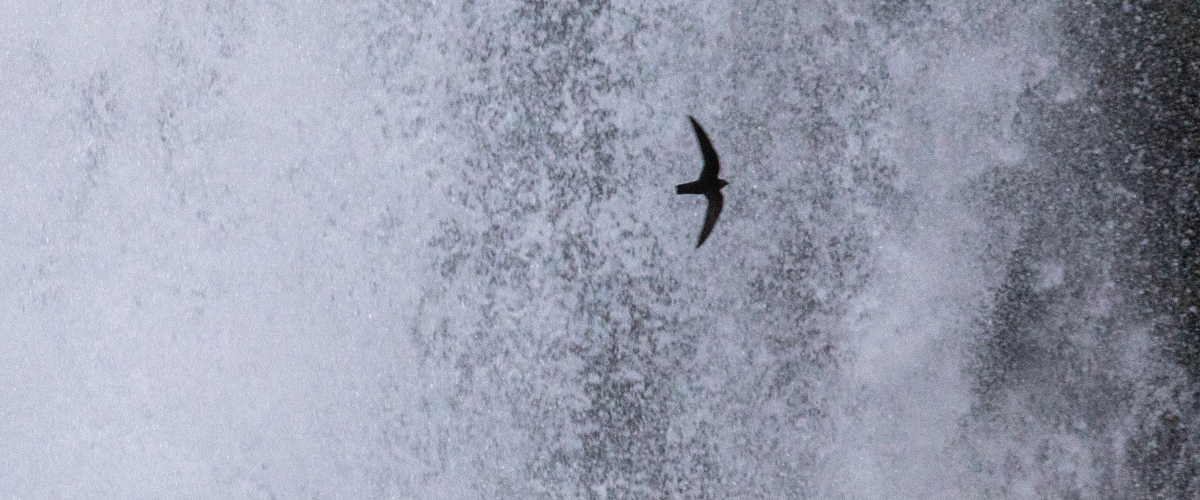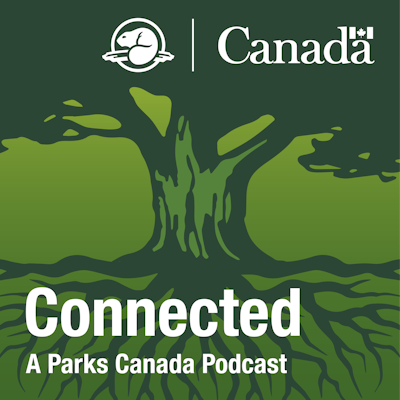
© Aaron Maizlish
Black Swift
Yoho National Park
Quick facts
Eats flying insects
Nests in rock crevices near waterfalls
Lays only one egg per year
Lives up to 16 years
SARA status: Endangered (2019)
Black swifts can be identified by their dark feathers, notched tails, and long, curved wings. However, they are often just a tiny speck in the sky! Black swifts spend most of their time flying at high altitudes. They eat aerial insects, including swarms of winged ants. At dusk, black swifts return to nests built on cliff walls, usually in the shade of a canyon with a waterfall nearby.
Connected: A Parks Canada Podcast New
All animals and plants are protected inside the national parks, but some need extra help. Connected will introduce you to species at risk that are in danger of disappearing.
Episode 3: Black Swift (13:52) features Candace Jung, a Resource Management Officer with Parks Canada who shares what it’s like to study black swifts, why they’re in trouble, and how you can help. These acrobatic birds are hard to spot unless you know where and when to look. Find ways to listen for free below.
Where they live
There is potential black swift habitat in Yoho National Park. The cliffs around waterfalls like Hamilton Falls, Laughing Falls and Twin Falls may be good for nesting. Parks Canada staff are currently surveying these areas.
After enjoying their summer breeding grounds in the Canadian Rockies, black swifts migrate to Central and South America. These seasonal flights can cover more than 6000 km.
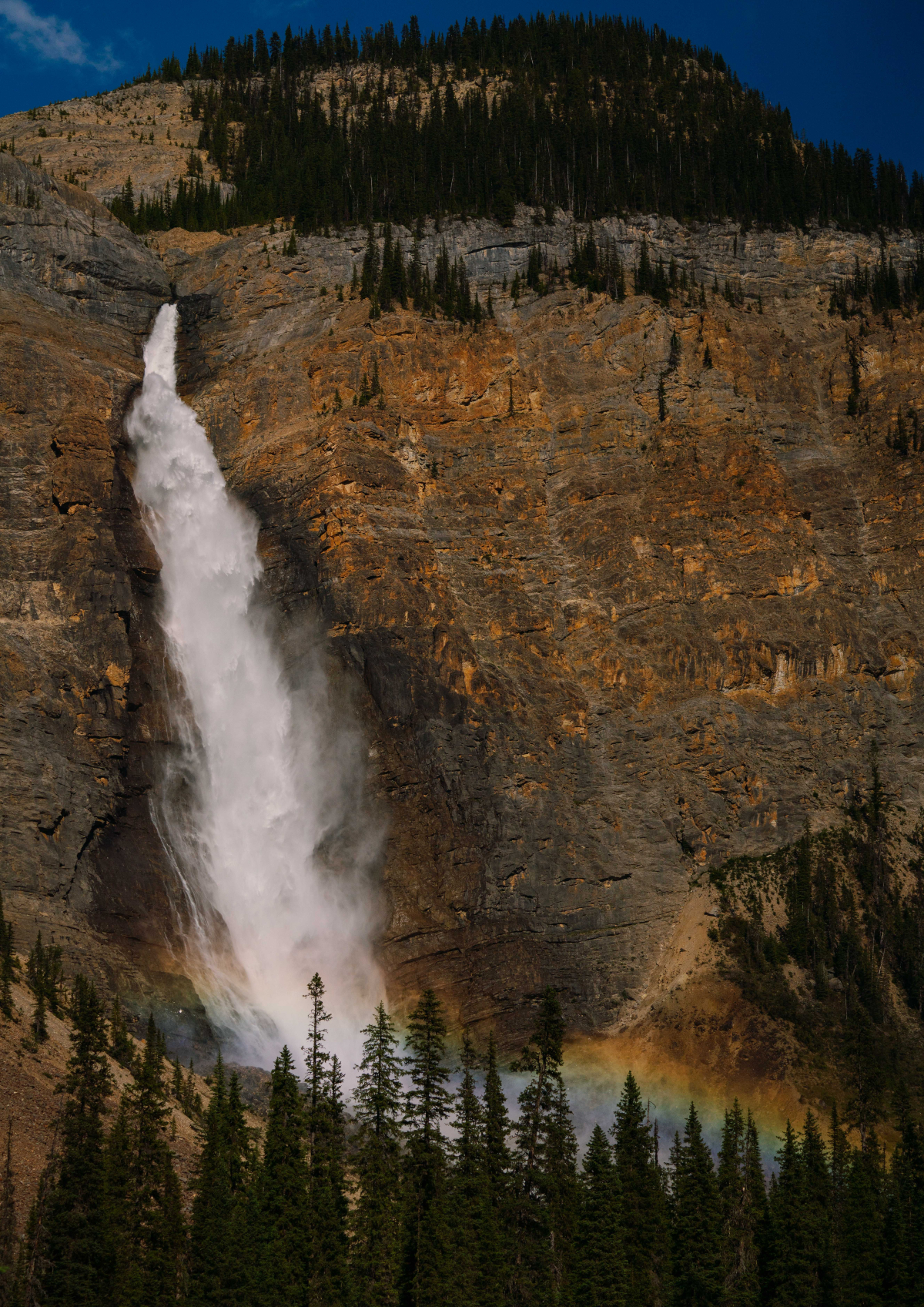
Why they are at risk

Flying insect declines
Globally, flying insect populations are declining. This means less food for black swifts. Although the declines are not well understood, possible causes are:
- pesticides used to control weeds, insects and fungus
- agricultural practices that affect soil and water
- global warming and extreme weather
- destruction of wetlands
Climate change
A warming climate and extreme weather events could impact black swifts in many ways. For example, black swifts prefer nesting sites near running water. Drought, shrinking glaciers and decreasing snowpack levels could result in a loss of this habitat.
Human development and activity
Black swifts migrate to Central and South America. In these regions, agriculture and deforestation affect black swift habitat.
How Parks Canada is helping
Searching for nests
Parks Canada is actively looking for black swift nesting sites. Potential sites are identified using the World Waterfall Database, public sightings on ebird.org, and reports from local bird experts.
Staff have visited several sites in Yoho National Park to survey habitat, and work is ongoing. A site must be visited 3 times, with no confirmed sightings, before we conclude that it isn’t a suitable location.
Protecting nesting sites
In the national parks, black swifts and their nests are protected by law under the National Parks Act, the Migratory Birds Convention Act, and Canada’s Species at Risk Act. It is illegal to harm or disturb black swifts and their occupied or unoccupied nests. Violators will be charged, be required to appear in court, and could pay fines up to $25 000.

How you can help
Learn to identify black swifts and their nests to avoid disturbing them. Do not rock climb or rappel in areas where black swifts are nesting. Do not ice climb near nests.
Parks Canada checks ebird.org for reports of black swifts in the national parks. Share your sightings and become a citizen scientist!
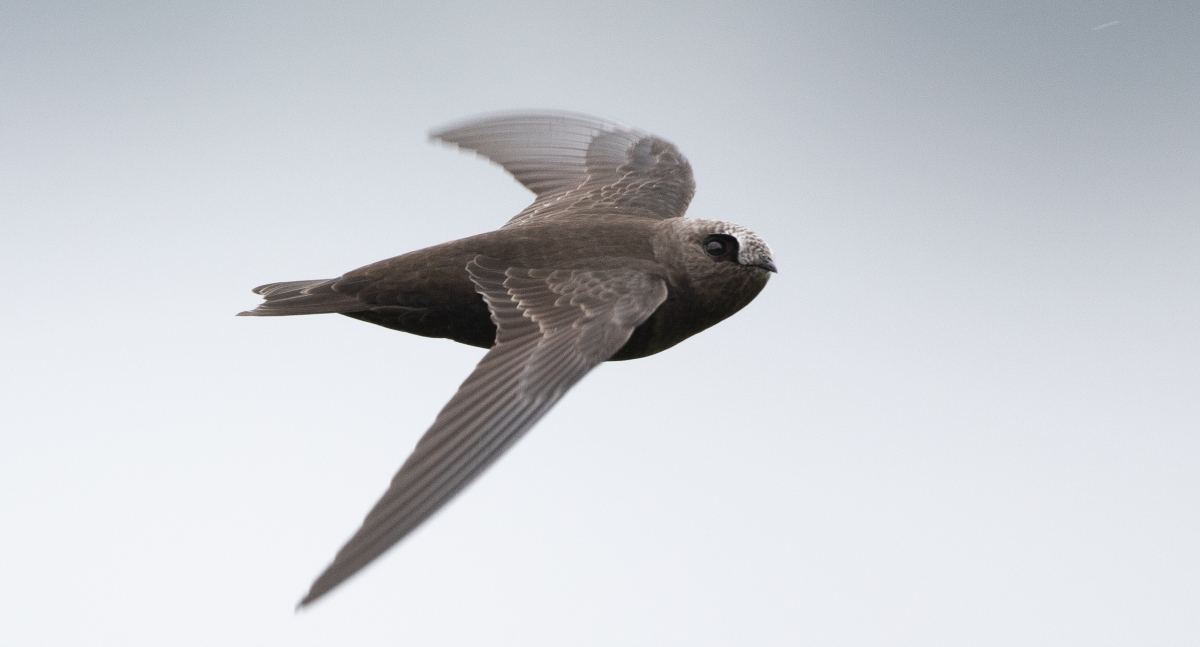
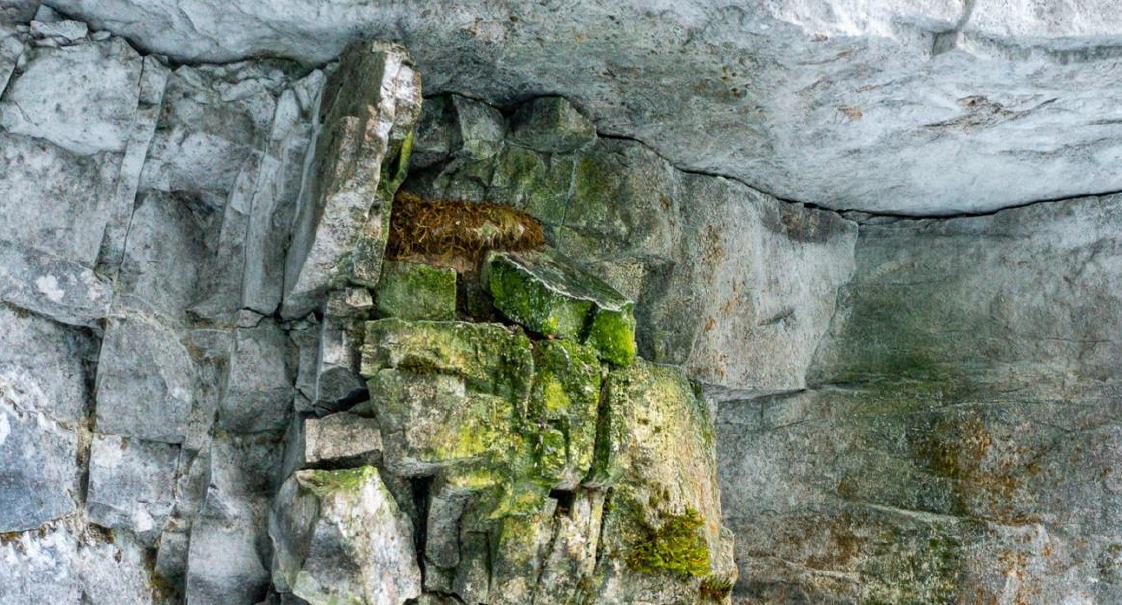
Learn more
- Date modified :

